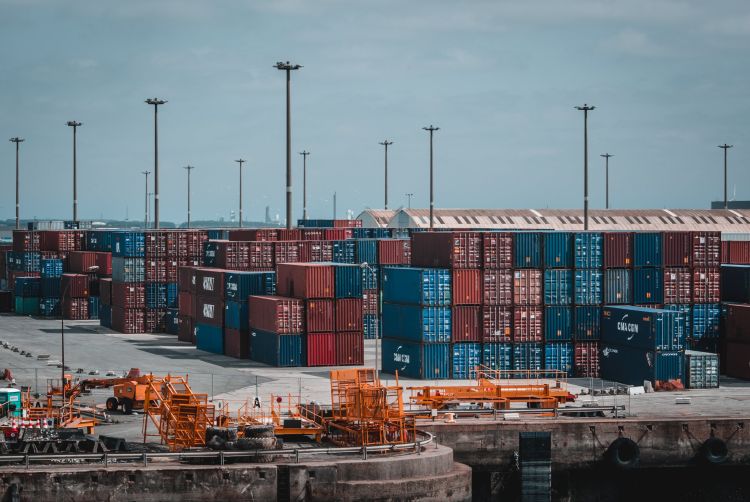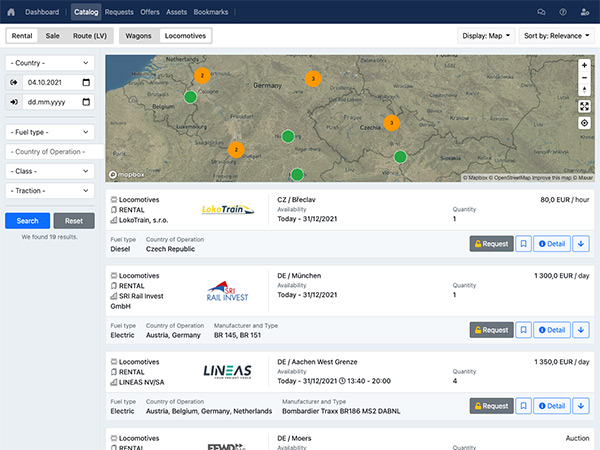The European Commission has unveiled a new proposal to promote sustainable freight transport by encouraging intermodal freight transport, a method that combines two or more modes of transport. This initiative aims to improve the competitiveness of intermodal freight transport, in particular compared to road transport. It builds on the existing Combined Transport Directive and, as part of the Greening Freight Package adopted in July, aims to align the freight sector with the European Union's Green Deal objectives. The proposal will now be examined by the European Parliament and the Council under the ordinary legislative procedure.
Adina Vălean, Commissioner for Transport, said that given the significant volume of goods transported on EU roads, sustainable solutions are essential to control costs and emissions. The proposal aims at preserving the role of lorries in the freight sector while integrating more sustainable modes of transport such as inland waterways, short sea shipping, or rail to minimize external transport costs and optimize the use of the transport network for the benefit of both citizens and the economy.
The revised proposal aims to increase the efficiency and competitiveness of intermodal transport by giving priority to operations that reduce negative externalities by at least 40% compared to road-only operations. Digital platforms under the electronic freight transport information Regulation (eFTI) will provide a tool for calculating the eligibility for support. It also introduces exemptions from temporary driving bans to improve terminal and infrastructure capacity utilization.
Member States will set a competitiveness target of reducing the cost of door-to-door combined transport by at least 10% over seven years and will be required to take measures to achieve this. A new EU intermodal information gateway will increase transparency on national measures. Terminal operators will be required to provide basic information on their EU terminals' services and facilities on their websites.

